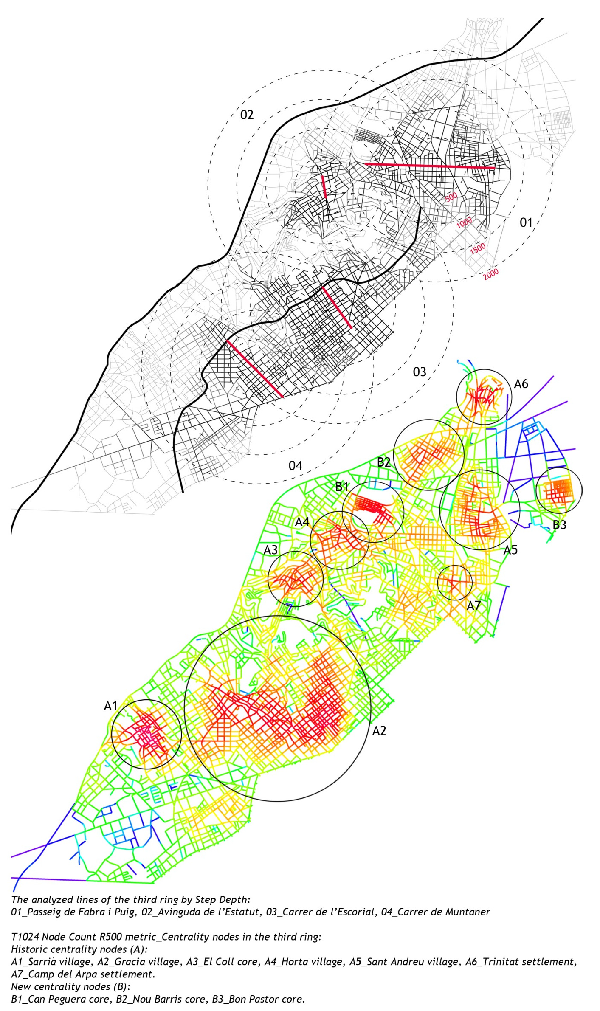Ponència a congrés: 9th Space Syntax Symposium - Turning barriers into alleyways: Unsolved transitions from Old Barcelona to the Post- Cerdà city
El professor Antonio Millán Gómez ha presentat la ponència "Turning barriers into alleyways: Unsolved transitions from Old Barcelona to the Post- Cerdà city", dins de la sessió "Historical Evolution of Built Form" del 9th Space Syntax Symposium celebrat del 31 d'octubre al 3 de novembre de 2013 a Seoul, Corea del Sud.
Més informació:
Space Syntax Network
Space Syntax Symposium
9th Space Syntax Symposium
Millán-Gómez, A.; Jiménez, M.; Latre, J.A.; Díaz-Asensio, V. (2013). Turning barriers into alleyways: Unsolved transitions from Old Barcelona to the Post- Cerdà city. In: Proceedings of Ninth International Space Syntax Symposium, Edited by Y O Kim, H T Park and K W Seo, Sejong University Press 2013, 041:1-041:23, ISBN : 978-89-86177-21-3.
Abstract
The evolution of Barcelona up to its present state brings to light quite diverse logics of performance, started with the destruction of the old walls and ramparts and subsequent expansion on the plain, up to its natural Northern limit -the Collserolla mountain range. Such growth incorporated villages in its vicinity requiring deeper articulation, to form a new entity explained in basic processes read and measured with Depth-Map:
- Proposals to put to good use the space left by walls demolition, stitching the tissues that existed on both sides. Old Barcelona had to be reinterpreted; quite particularly, the varied projects –even those never realized- that provided new visions. In order to know their impact on the present city –had they been implemented-, a simulation of such layouts are included in today’s urban fabric;
- The expansion of the Ensanche and how it inserted or repelled existing fabrics and historical thorough ways;
- Configurations propitiated by the annexation to Barcelona’s layout of little villages in the vicinity of Collserola, to which new growths did follow, as emergent models between the Ring Roads.
These processes are useful, without disregard of the role fulfilled by the Ring roads, to understand present Barcelona and the causes of its heterogeneous functioning.
The object of the study is to read the behaviour and logics of these fabrics of transition, isolating the elements/ streets/ patchworks that link and make the coexistence of local and global logics possible; throwing light on a hybrid system that heightens still operating dynamics. For this purpose, Step Depth Analysis and Normalized measures are obtained and applied to isolate fuzzy boundaries and to know the contribution of elements to the system.
Keywords
Urban morphology; Space Syntax; Spatial Sustainability; Urban performance; Urban Heritage
Theme
Historical Evolution of Built Form

Comparteix: